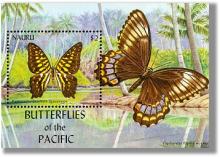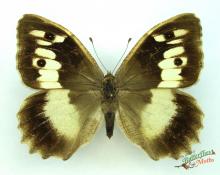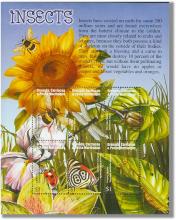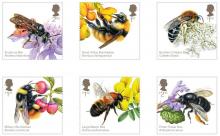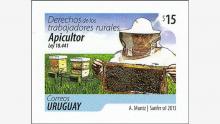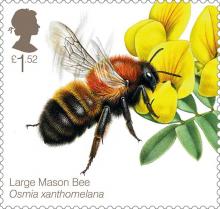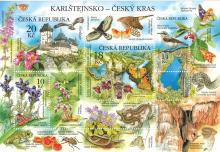Daling van aantal bestuivers zorgwekkend
- Lees meer over Daling van aantal bestuivers zorgwekkend
- Login om te reageren
Sinds de jaren '80 neemt het aantal bijen en andere bestuivers zorgwekkend af. Dat heeft niet alleen gevolgen voor de natuur. Ook de landbouwsector is sterk afhankelijk van bestuivers. Recent onderzoek in België en Noord-Frankrijk heeft aan het licht gebracht dat het lot van de provincie Limburg het sterkst verbonden is aan dat van onze bestuivers, omwille van de fruitproductie, zo meldt Natuurpunt. Kijken we naar de verschillende provincies, dan zien we dat niet elke regio even sterk afhankelijk is van bestuivers.

